In recent years, the survival of big cats in the wild has become a deeply concerning issue. Habitat loss, human-wildlife conflict, and poaching have pushed many of these majestic species toward the brink of extinction. However, conservationists and researchers have introduced a promising solution: wildlife corridors. These dedicated pathways hold the potential to significantly improve the survival rates of big cats by connecting fragmented habitats and promoting genetic diversity.
What are Big Cat Wildlife Corridors?

Wildlife corridors are essentially natural overpasses or underpasses that enable the safe passage of animals between different habitats. Specifically for big cats, these corridors create interconnected regions that allow these animals to roam freely to hunt, mate, and establish territories. By linking protected areas, corridors help mitigate the effects of habitat fragmentation, one of the most critical barriers to the survival of big cats.
The Importance of Connectivity in Conservation
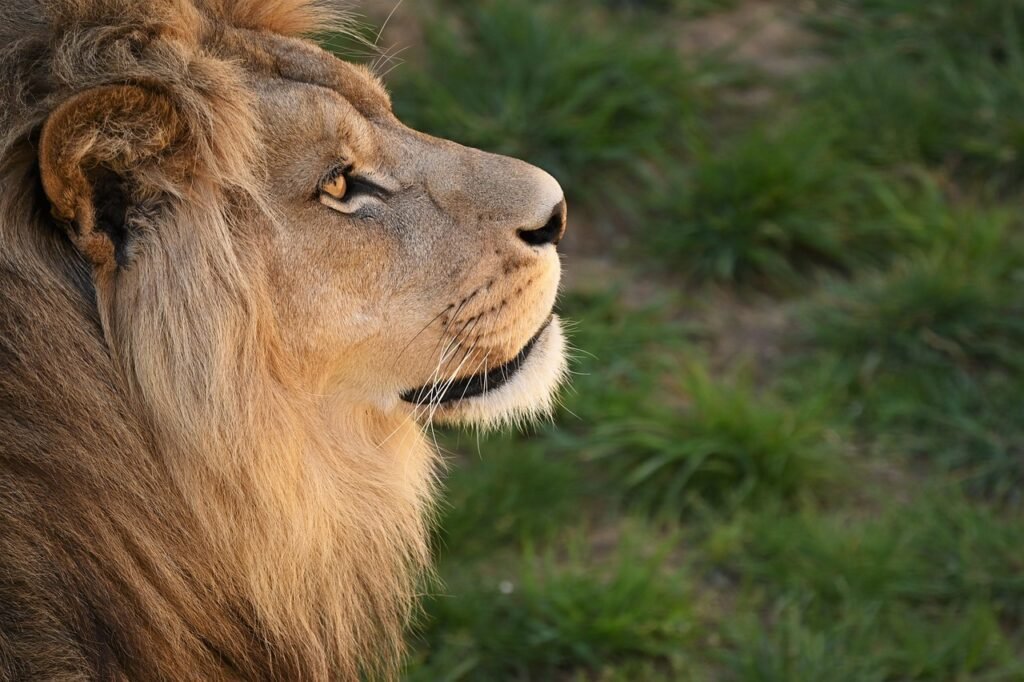
Big cats, such as tigers, lions, leopards, and jaguars, require vast tracts of land for their survival due to their territorial nature and need for extensive prey. Fragmented habitats can lead to isolated populations, which may result in inbreeding, reduced genetic diversity, and eventual extinction. Wildlife corridors address these issues by ensuring that big cat populations can interbreed, thus maintaining healthy genetic diversity and resilience against diseases.
Case Studies: Successful Wildlife Corridors
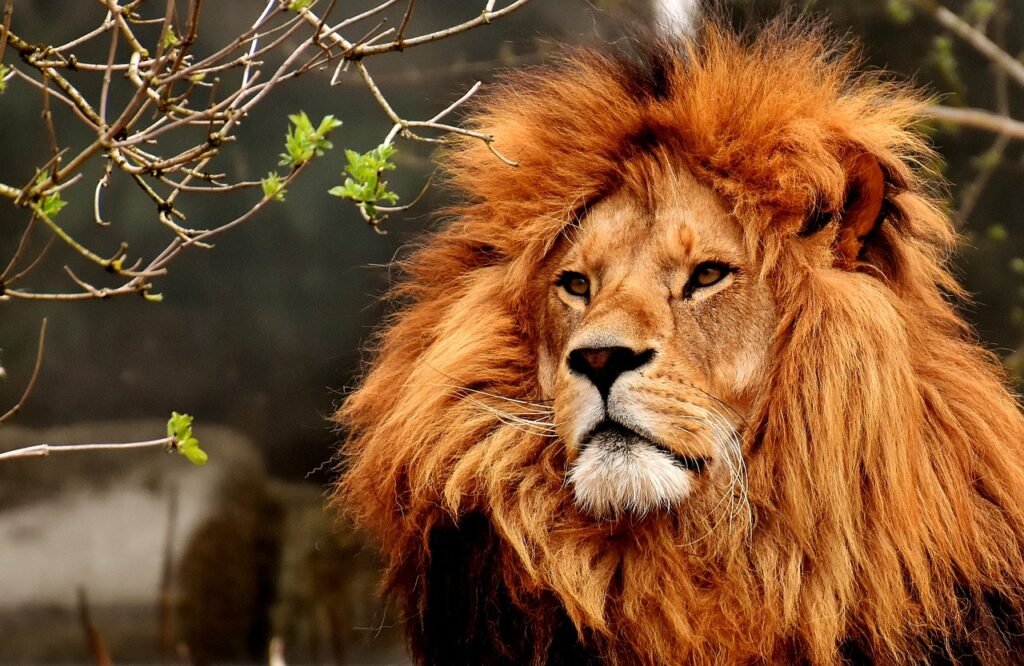
Various initiatives worldwide demonstrate the success of wildlife corridors in conserving big cat species. For instance, the Terai Arc Landscape in India and Nepal functions as a crucial corridor for tigers, connecting multiple national parks and allowing tiger populations to thrive. In Africa, corridor projects connecting national parks and reserves aim to promote lion and cheetah conservation, helping these majestic cats move safely across human-dominated landscapes.
Challenges in Implementing Wildlife Corridors

While wildlife corridors present a promising solution, their implementation is fraught with challenges. Securing land for corridors often involves negotiating with local landowners and governments, who may have competing interests such as agriculture or development. Moreover, establishing corridors requires detailed ecological studies to ensure they meet the habitat and behavioral needs of different big cat species without inadvertently promoting human-wildlife conflicts.
Technological Advances Aiding Corridor Development
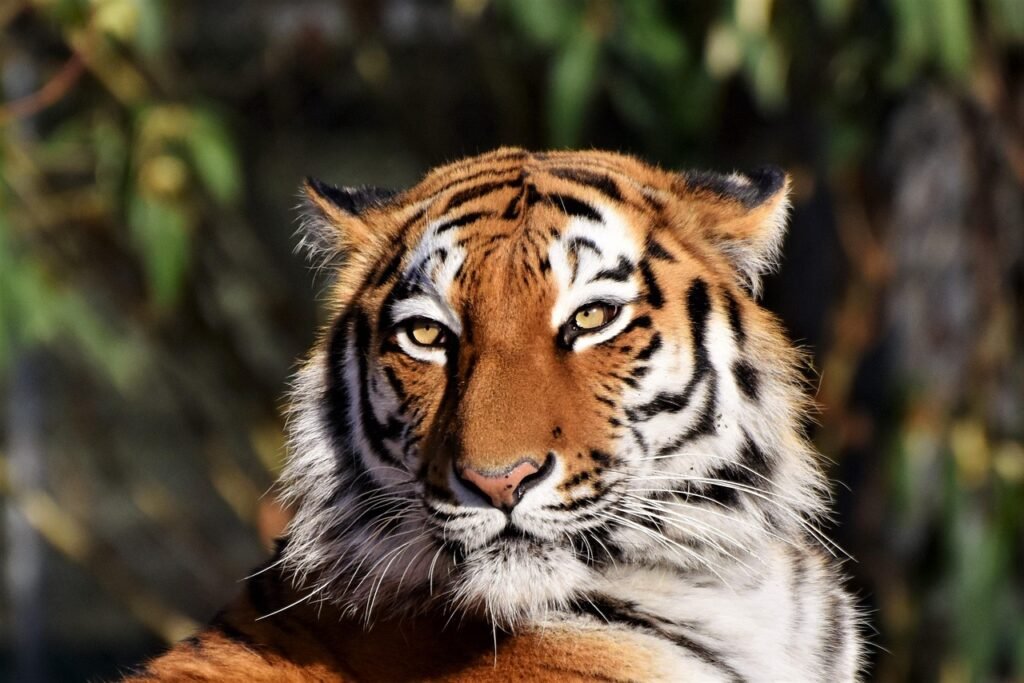
Technology plays a vital role in the design and monitoring of wildlife corridors. Advances such as satellite imaging, GPS collars, and drone surveillance allow researchers to map migration patterns and identify critical areas for corridor development. These tools also help in monitoring wildlife movement within corridors, ensuring that they effectively serve their purpose.
Community Involvement and Education
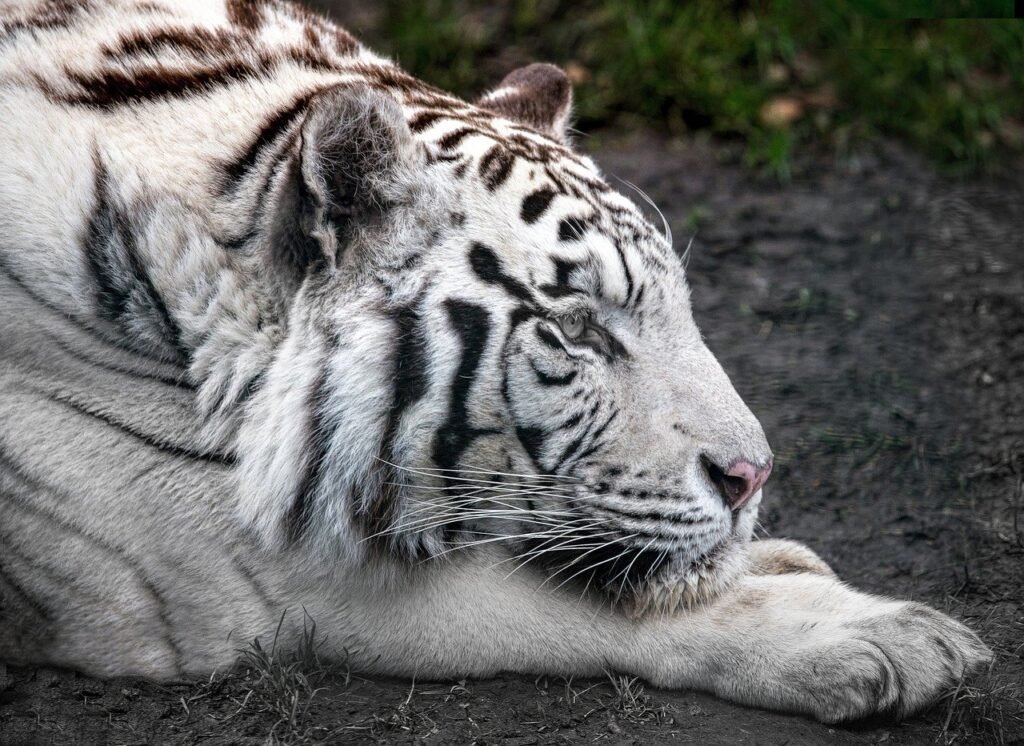
The success of wildlife corridors heavily relies on the support and involvement of local communities. Engaging communities through education about the ecological and economic benefits of big cat conservation is crucial. When locals understand the positive impacts, such as increased tourism and minimized livestock predation, they are more likely to support and even participate in conservation efforts.
Policy and Legal Frameworks Supporting Corridors

The establishment of wildlife corridors often necessitates changes in policy and legal frameworks to protect these critical linkages. National and international policies, such as the Convention on Biological Diversity, provide guidelines for conserving biodiversity, including the establishment of ecological networks. Through effective legislation, governments can support the creation and maintenance of wildlife corridors, thus enhancing conservation efforts.
Potential Economic Benefits of Big Cat Corridors
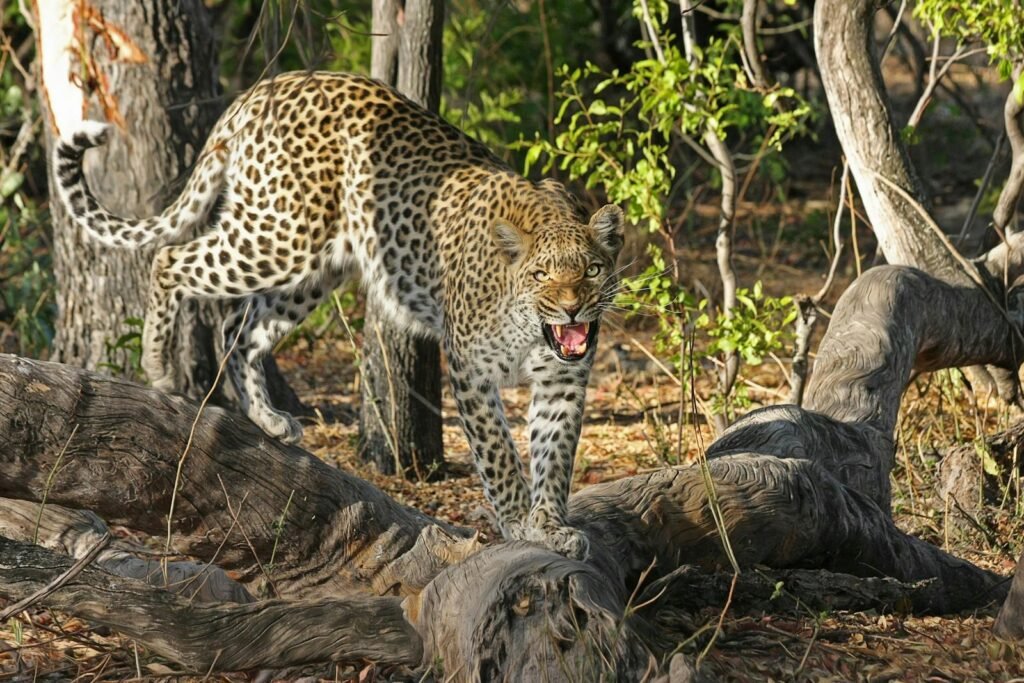
In addition to their ecological significance, wildlife corridors offer potential economic benefits. Eco-tourism centered around big cats can provide significant revenue for local economies. By protecting these species and their habitats, regions can attract tourists eager to experience the presence of big cats in their natural environment, thus creating job opportunities and stimulating local economies.
Future Prospects and Innovations
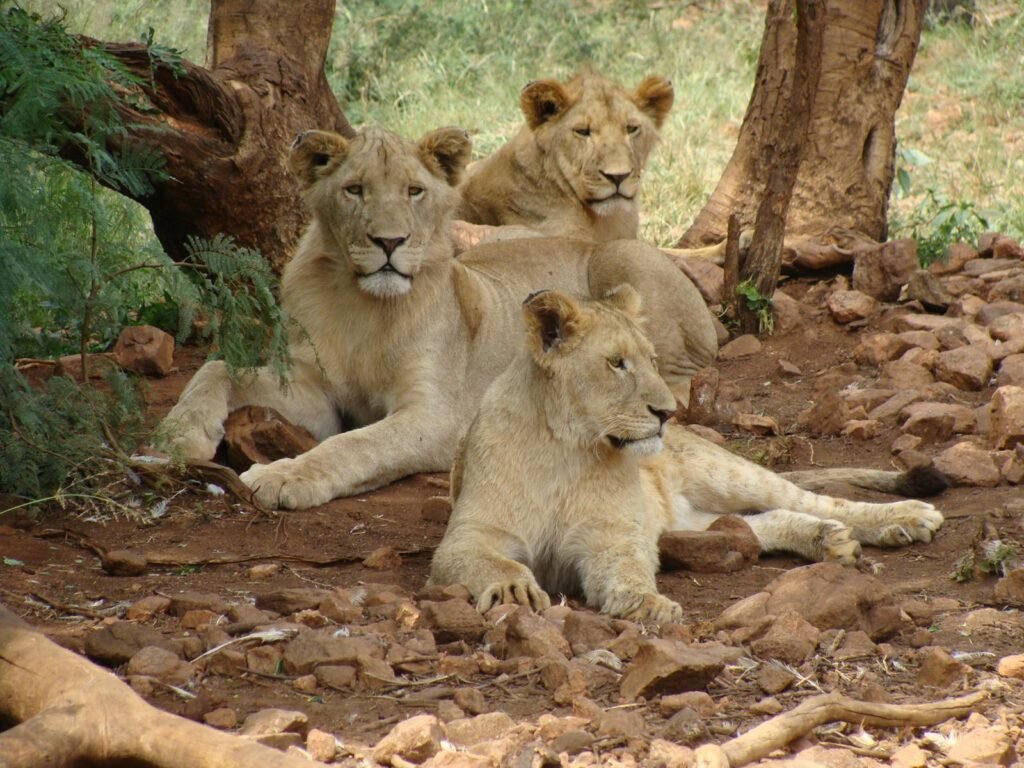
Looking ahead, the future of wildlife corridors appears promising as new innovations continue to emerge. Increasing awareness and international cooperation can lead to more robust conservation networks. By embracing a multi-disciplinary approach that combines science, community efforts, policy-making, and technological advancements, wildlife corridors can pave the way for a sustainable future for big cats and the ecosystems they inhabit.
Conclusion
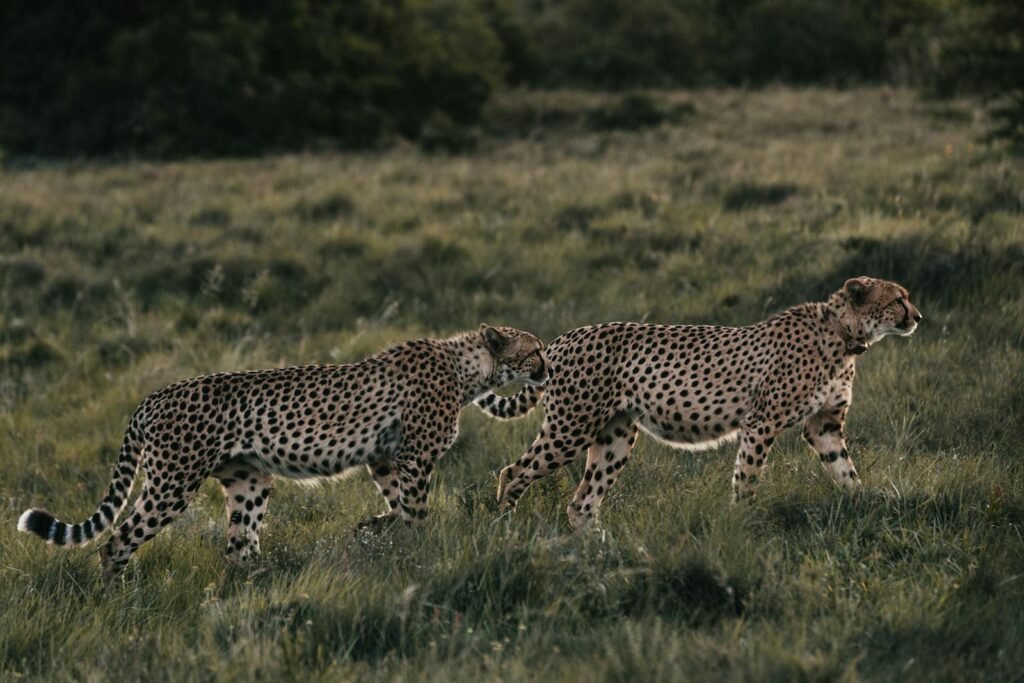
The rise of big cat wildlife corridors offers a beacon of hope in the fight to preserve these magnificent creatures. By connecting fragmented habitats and fostering genetic diversity, corridors serve as vital lifelines for big cat populations. While the challenges remain significant, the benefits of these corridors, both ecological and economic, make them a necessary investment for the future of big cats and biodiversity as a whole.
Hi, I’m Bola, a passionate writer and creative strategist with a knack for crafting compelling content that educates, inspires, and connects. Over the years, I’ve honed my skills across various writing fields, including content creation, copywriting, online course development, and video scriptwriting.
When I’m not at my desk, you’ll find me exploring new ideas, reading books, or brainstorming creative ways to solve challenges. I believe that words have the power to transform, and I’m here to help you leverage that power for success.
Thanks for stopping by, Keep coming to this website to checkout new articles form me. You’d always love it!






